Material Take Off Made Simple: Boost Your Project
Imagine you’re about to build your dream house. You’ve got the perfect design and a plot of land. But before you can break ground, you need to know exactly what materials you’ll need. That’s where a material take off (MTO) comes in. It’s a key step in any construction project, big or small, and it’s a topic I’m excited to dive into with you.
An accurate MTO can be the difference between a successful project and a logistical nightmare. It’s not just about counting bricks and beams, it involves a deep understanding of the project’s scope, ensuring every detail is accounted for.
So, whether you’re a seasoned contractor or a DIY enthusiast, understanding the ins and outs of material take off is crucial. Stick around as we demystify this essential process, helping you build smarter, not harder.
Understanding Material Take Off in Construction

Going deeper into the topic of Material Take Off (MTO), it’s crucial to break down its fundamental components, exploring its integral significance to effective project management.
The Essentials of Material Take Off
MTO, recognized for systematically listing down the required materials for project execution, becomes a linchpin in construction activities. To create the MTO, I examine the project’s blueprint first, highlighting all necessary materials showcased in the design. Counting the quantity alone won’t do, I incorporate differentiating factors like size, type, and dimension of the required materials.
When quantifying material needs, I evaluate every possible aspect, counting not only the major portions like a door or a window but also the screws, nails, and adhesives—no detail left unnoticed. For a more holistic understanding, let’s explore a simplified instance: in constructing a wooden door, the MTO doesn’t only consider the wooden planks but also the type of wood, hinges, screws, adhesives, and finishes. Providing such a comprehensive listing ensures that no component gets missed out during the construction phase.
How It Impacts Project Management
MTO, by its definition, warrants deep organization and thorough planning. Its implications on project management are sizeable. MTO drives the budgeting aspect of a construction project, as the quantity of materials directly influences the overall cost. I’m not merely counting items, I’m also estimating the budget.
MTO plays its part in timeline management too. Supplying the right amount of materials at the right time is paramount to avoid any delays, and that’s where MTO steps in. It gives me a clear picture of the stock to be maintained and helps in curbing any material shortage crisis. If my MTO is accurate, I’ll be able to balance the demand and supply effectively, meeting project deadlines comfortably. For instance, if a specific type of wood is required for a door and it’s not available locally, I’ll have enough time to order it from somewhere else, if it’s marked in my MTO well in advance.
Interaction of MTO with project management isn’t constrained to whether the construction is a professional venture or a DIY project. Its imperative presence ensures that the construction endeavor is successful, and the project management is streamlined.
The Process of Creating a Material Take-Off
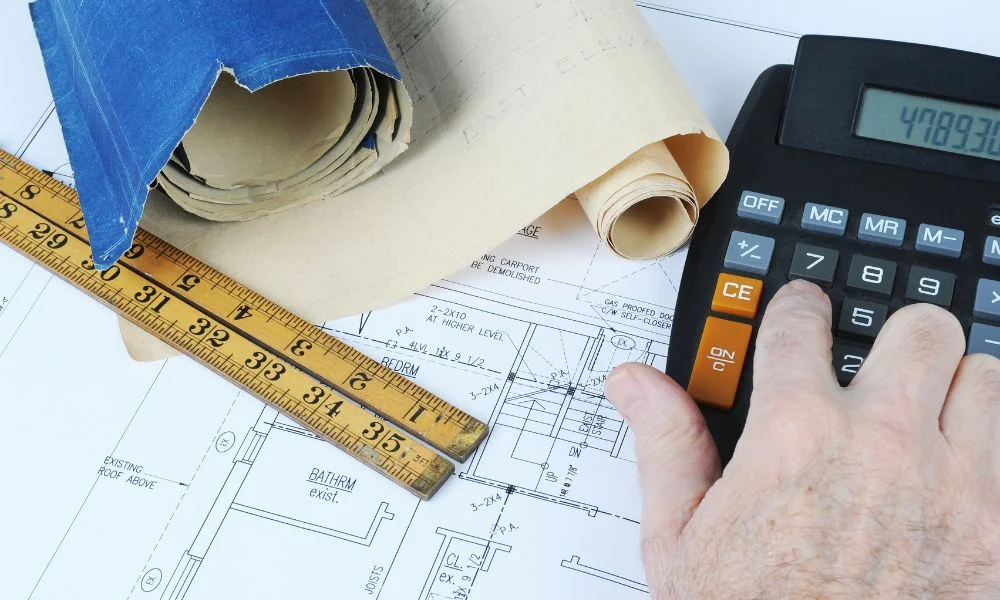
Creating an Material Take Off (MTO) is a systematic procedure. It includes identifying what will go into a construction project and precisely determining how much of each material is needed.
Identifying Materials
The first step in the creation of an MTO revolves around identifying the required materials. You mine project blueprints to unearth every single item — from the smallest nail to the largest structural beam. It’s not just about a shopping list either. Each material’s properties — width, length, type, and even brand, play a significant part in the overall project.
Take for instance, insulations: There’s a plethora of them — batt, blown-in, reflective, foam board, spray foam, and other insulation types. Each choice affects not only costs but also the project’s integrity and efficiency. So, it’s not about identifying what goes into the structure, but also knowing everything about these components.
Quantifying Materials
Following identification, comes the exercise of quantifying materials. It’s not just about numbers but precision within that tally mark. It’s essential to take into account the project’s scale and design. Explicit sizes matter — a tile that’s a millimeter too wide may result in misalignment, leading to ripples in the installation process. Hence, materials are often quantified thrice – once at the planning stage, then during procurement, and lastly before they’re put into use. This triple checking ensures that the numbers are accurate and any discrepancies are addressed well before construction commences.
Consider a load-bearing wall in a home. For its construction, you might need cement, sand, bricks, and water. However, simply stating these doesn’t suffice. The MTO must specify each item’s quantity down to the last unit. For example, it’s not enough to say that you need bricks. To ensure the wall’s stability and integrity, you need to specify the type of bricks, such as autoclaved aerated concrete (AAC) bricks, and the exact number, including any extra for edge cases, such as 457 AAC bricks. That’s the level of detail required in an MTO.
Remember, creating an MTO is like painting a picture. Each stroke is evolving, vibrant and crucial in creating the entire masterpiece – a successful construction project conceived on accuracy, managed by efficiency and completed with precision.
Key Benefits of Accurate Material Take Offs
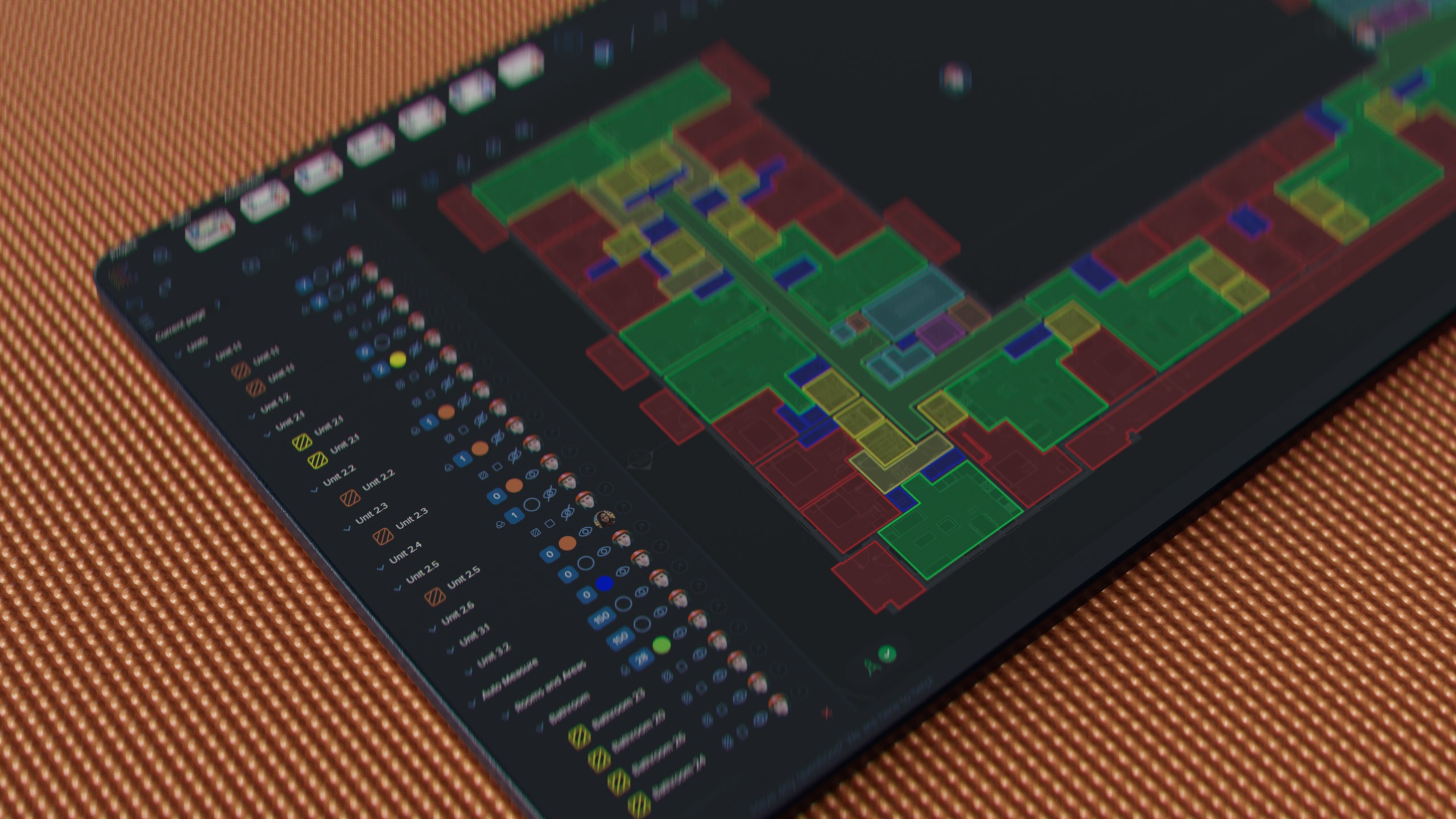
As I dive deeper into the subject, distinct advantages surface when accurate Material Take Offs (MTOs) become an integral part of construction projects.
Cost Savings
The first clear edge accurate MTOs provide is substantial cost savings. Using precise estimates from the onset of a project reduces the chance of overordering materials, which can drastically cut down on waste and save money. A precise break down of material requirements from an MTO also prevents costly delays, since materials can be ordered and scheduled for delivery in time. In 2009, The Construction Industry Institute (CII) published a study, emphasizing that an accurate MTO could lead to cost savings of up to 10%.
Improved Efficiency
Another prominent benefit is the improvement in project efficiency. An accurate MTO can streamline project management, simplify scheduling, and mitigate the risk of project delays. An MTO, by its design, contains granular details about materials required for every phase and aspect of a construction job. This detail enables project managers to optimize resource allocation and time management, making the entire project run smoother. Case studies from construction management firm McKinsey show that projects employing sharp MTOs were 71% more likely to be completed on or ahead of schedule.
Common Challenges in Material Take-Off
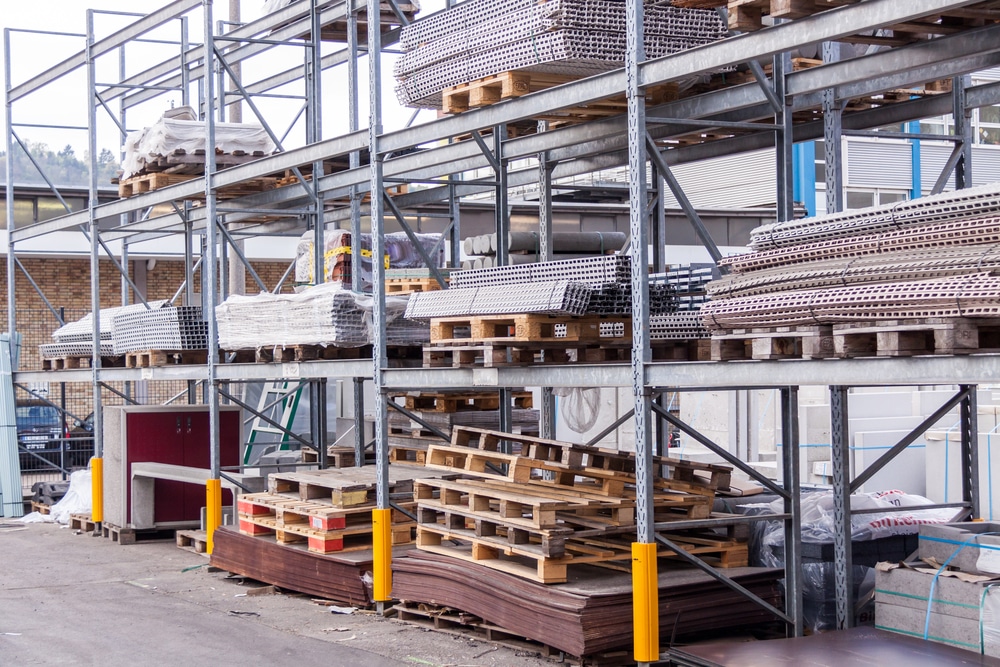
Stepping into the real-world scenario, despite all of the undeniable advantages, Material Take Off (MTO) isn’t without its fair share of challenges. Specifically, dealing with complex blueprints and managing changes as well as updates often pose significant obstacles.
Dealing With Complex Blueprints
Complex blueprints, brimming with intricate details and precise measurements, present one of the most formidable challenges in material take off. These designs, often loaded with a myriad of structural components such as beams, columns, fasteners, and even electrical elements, demand meticulous and exact quantification. Mistakes here don’t simply equate to numerical errors; they bear heavy implications on the project’s cost and timeline.
Recognizing bar marks or symbols, a common feature in blueprints, can be a stumbling block, especially for those unfamiliar with the visual language of construction plans. As an example, take the use of rebar marks in concrete constructions. These marks contain information about the number, size, and type of rebars to be used. Misinterpreting these could lead to damaging discrepancies in material estimation.
Moreover, blueprints often come layered with multiple disciplines like architectural, structural, mechanical, and electrical plans, each with its unique components and symbols. Juggling between these layers while keeping track of all the materials can be an arduous task.
Managing Changes and Updates
In construction, change is the only constant. As and when new information rolls in, either via design updates or revisions, changes need to be promptly reflected in the MTO. However, maintaining an accurate, updated MTO amidst these frequent changes brings about another challenge.
One notable example could be a situation where the initial blueprint proposed hardwood flooring, but the updated design demands a switch to polished concrete. For a large project with numerous rooms, this switch requires extensive recalibration in the material estimates. This isn’t merely a hard task; it’s one that can complicate cost calculations, vendor negotiations, and material procurement if not handled efficiently.
Besides, with change comes the risk of confusion. Last-minute alterations in design or materials can send ripples across the project, necessitating swift and precise modifications in the MTO. Hence, it takes an organized and adaptive approach to effectively manage these changes and ensure the MTO remains consistently accurate.
Best Practices for Reliable Material Take Offs
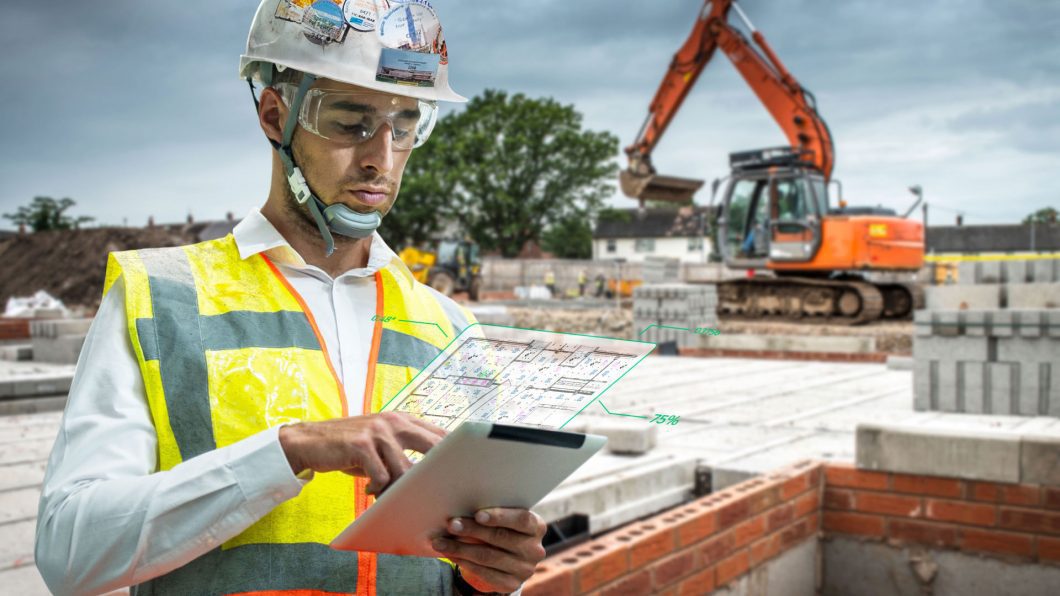
To ensure that my construction projects benefit from consistently accurate Material Take Offs (MTOs), I’ve found that certain practices are particularly beneficial. Adhering to these can mitigate the challenges of dealing with complex blueprints and managing changes effectively.
Leveraging Technology and Software
Utilizing advanced technology and software tools can significantly enhance the reliability and accuracy of MTOs. Software solutions equipped with intelligent algorithms eliminate human error, interpret symbols accurately and account for all components, big or small. They’re also capable of handling multi-disciplinary blueprints, adding durability to the MTO process.
For instance, artificial intelligence (AI)-enabled MTO software can process numerous design updates swiftly and accurately, sparing the project the complexity of revisions and amendments. This efficient management of changes syncs real-time blueprint shifts with the MTO, aiding flawlessness in vendor negotiations and materials procurement. The same technology offers an orderly approach to MTO preparation, preserving the primary focus on critical project management tasks instead of getting bogged down with manual MTO prep work.
Continuous Training and Skills Development
Another best practice involves the relentless pursuit of enhancing one’s skill set through constant training and development. Though technology plays a vital role, there’s no underestimating the value that in-depth knowledge and hands-on experience bring in managing MTOs effectively.
I make it a priority to engage in frequent educational programs and workshops that focus on reading and interpreting complex blueprints. Training in the usage and application of the latest software tools ensures I get the maximum out of my tech investments. Regular participation in such initiatives enhances my understanding of intricate project details and makes me adept at projecting potential changes and their impacts. In turn, I can prepare and adjust MTOs without costing the project valuable time or resources, making me an asset to any construction project I undertake.
Conclusion
So, we’ve seen how vital Material Take Off (MTO) is to the construction industry. It’s not just about counting screws or adhesives; it’s about meticulous planning and efficient project management. With the right mix of cutting-edge technology like AI-enabled software and continuous skill development, we can enhance the accuracy and efficiency of MTOs. It’s clear that the future of construction lies in embracing these advancements, ensuring swift design updates and effective vendor negotiations. But let’s not forget the human element – the expertise to interpret complex blueprints and adapt to project changes. That’s the balance we need to strive for in our quest for flawless Material Take Offs. And with that, we’re set to redefine the standards of construction project management.
Frequently Asked Questions (Faqs)
What is the importance of Material Take Off (MTO) in construction projects?
Material Take Off (MTO) plays a vital role in project management by ensuring precise material quantification. It contributes significantly to preventing oversights during construction by considering even small components such as screws and adhesives.
What insight does the article provide on MTO creation?
The article provides a detailed breakdown involved in creating an MTO. It emphasizes the integration of small components in the MTO to ensure comprehensive construction project management.
How can technology enhance MTOs?
Technology, especially AI-enabled MTO software, can enhance the accuracy and efficiency of MTOs. It simplifies the management of design updates, aids in vendor negotiations and facilitates smooth materials procurement.
Why does the article highlight the need for continuous training and skills development?
The article underscores the necessity for continuous training and skills development to effectively manage MTOs. It ensures equilibrium between technological advancements and human expertise in interpreting complex blueprints and adapting to changes in construction projects.
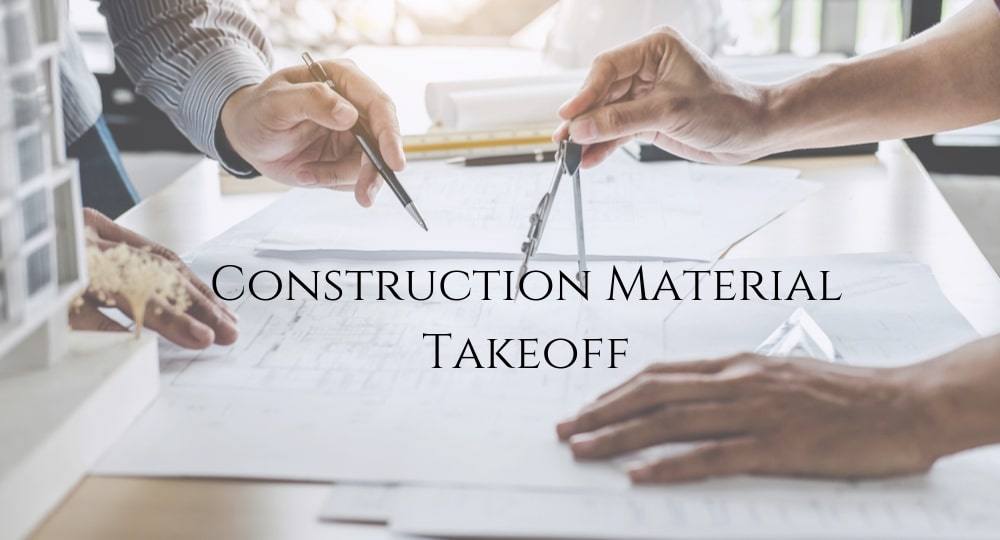
Leave a Reply